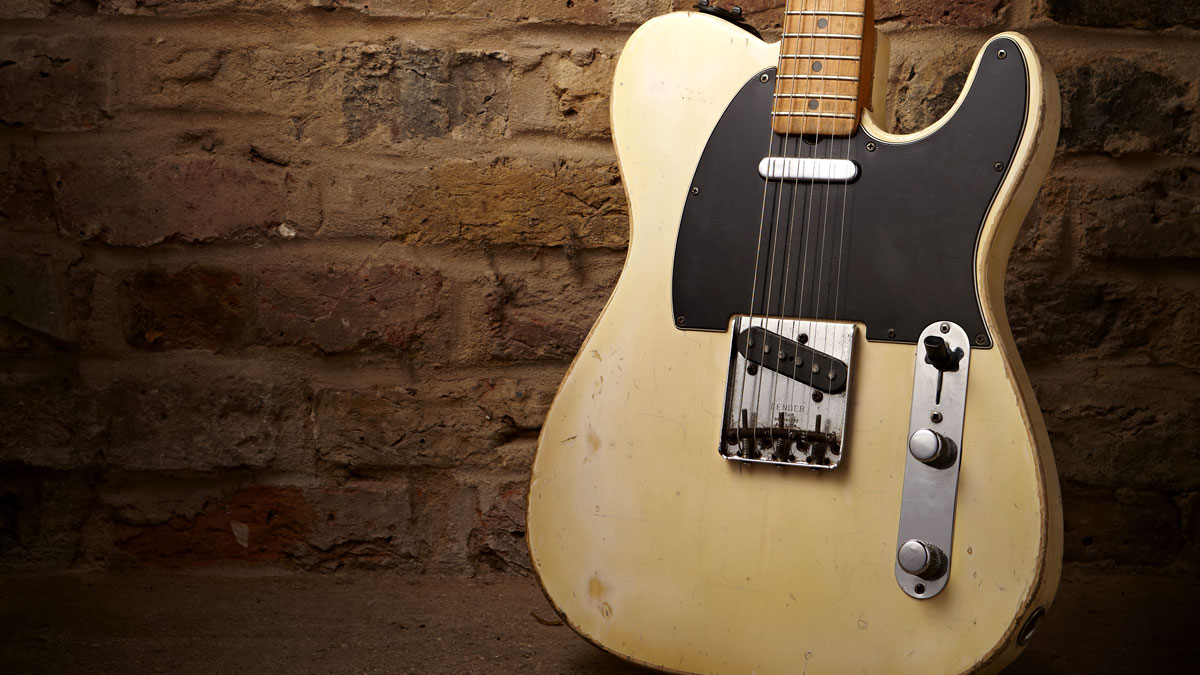
Introduction
The Fender Telecaster, along with its Stratocaster sidekick, is among the best documented guitars in music history.
Based upon Fender’s single-pickup Esquire, production commenced at the dawn of the 1950s, the first models being called the Broadcaster.
Only a few hundred were made before it came to light that Gretsch owned the trademark and had been using it on part of its drum range since the 1920s.
Generally speaking, the Tele has remained pretty faithful to its original design over the years
As a result, the name was removed from the headstock in February 1951, but production continued while a new name was sought.
The models that left the factory during this time are fondly known to collectors as ‘No-casters’, but it wasn’t long before the word ‘Telecaster’ filled the blank space atop Leo Fender’s fledgling two-pickup solidbody, and it became poised to spring into guitar folklore forever.
Generally speaking, the Tele has remained pretty faithful to its original design over the years with many of the initial tweaks and modifications remaining hidden from sight.
As an example, the very first models had no routing between pickup cavities, screws were changed from slot to Phillips head, decals moved, and other minor nips and tucks were to follow, but the Telecaster’s basic essence remained pure throughout. A thoroughbred, two-pickup fireball that would eventually straddle the seemingly diverse worlds of blues, country, jazz and rock.
The 1968 model here may look Blonde at first glance, but we’re reliably informed that it was once Olympic White - a colour prone to yellowing as it ages.
Note how the fretboard wear is a virtual street map of the E minor pentatonic scale - rock ’n’ roll!
Guitarist is the longest established UK guitar magazine, offering gear reviews, artist interviews, techniques lessons and loads more, in print, on tablet and on smartphones
Digital: http://bit.ly/GuitaristiOS
If you love guitars, you'll love Guitarist. Find us in print, on Newsstand for iPad, iPhone and other digital readers






